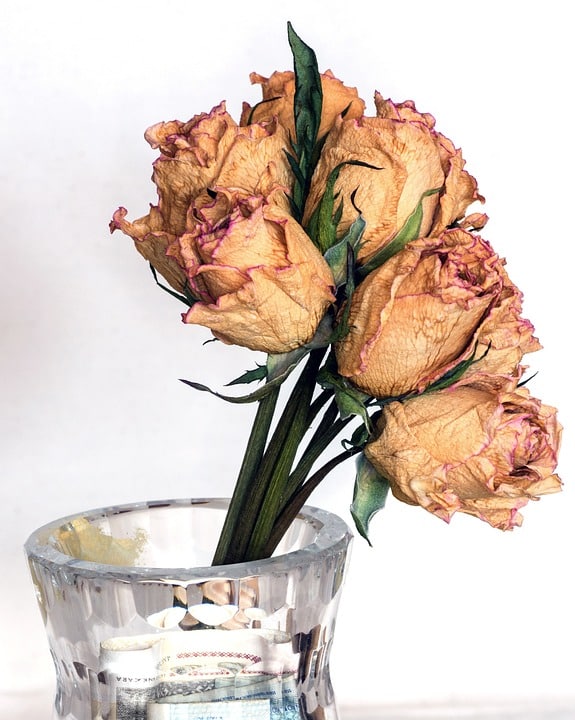Questions we are often asked as Funeral Directors
We believe it is incredibly important to be well-supported during and after the funeral arranging process. Finding the right funeral director to support you is an important element of this and will hopefully result in you creating a funeral that is right for you and the person who has died. Here, Sara and Jez from Full Circle Funeral Partners in Altrincham have answered some of the questions we are frequently asked. You may find it helpful to ask these questions yourself when you are looking for a funeral director, to help you decide.


In what ways do you differ from other funeral directing businesses in the area?
We work in our business day-to-day. This means we have a direct impact on how the service is run and the quality of support and care we provide. Full Circle Funerals was founded by Sarah, an NHS doctor, with the sole purpose of making the challenging time after loss so much easier for people to manage. She was inspired to develop a funeral service that looks after the person who has died as they would expect to be cared for in life and this makes our approach quite unique. Sarah, our founder, built the business on health and social care principles and has a strong background in pastoral care, which means the wellbeing of the bereaved person is at the heart of everything we do. Our service in Altrincham is built on this ethos and is independently owned by Sara and Jez. You know you will be dealing with one of us whenever you telephone or call in.


Is the owner involved with the day-to-day activities of the business? What role(s) do they have? Will I meet them?
We own and manage our funeral services and are involved in directing funerals. We believe it is important that we are there for you when you need us to be and nothing will be too much trouble.
As well as being involved in directing funerals, we are responsible for doing everything possible behind the scenes to maintain the highest standards of care. We stay up-to-date with the latest guidance and best practice. We are passionate about raising awareness of good funeral care so that people are more likely to have their needs met, both for their own funerals and when arranging a funeral for someone else.
What did the owner do beforehand?
We both left established careers to become funeral directors. Jez had been a successful recruitment consultant for 20 years. Sara was a solicitor before taking a career break to bring up our two young children and train to become a psychotherapist. We liked the very different and modern approach to funerals that Full Circle had developed and its focus on person centred care. Both of us have invested time and energy in building our knowledge and skills to offer the best possible service to people we support. We were proud to receive the Bereavement Support Award at the national AGFD Good Funeral Awards in 2023 and Sara volunteers for bereavement charity Cruse as a Bereavement Support Volunteer. We are proud to have been nominated as Funeral Director of the Year in the AGFD 2024 awards.


Can you advise us on minimising the environmental impact of a funeral?
Yes, we have lots of experience in supporting people with greener funeral choices. We are happy to use our knowledge to guide your decisions, should this be something that it important to you or if it mattered to the person who has died. It may be that the environment is your primary concern when making decisions or you might want to make just a few planet friendly choices. Every little step taken by each person adds up to make a bigger impact overall.
Whereabouts will the person be looked after? Can we see your facilities?
We have everything in place here so that we can look after people at our own premises. It is really important to us that people receive the same care in death that they would expect during their life and we deliver that care ourselves. We are highly trained in all practical and specialist aspects of care and we go above and beyond this to be as respectful and considerate as we can possibly be. If you would like to see our facilities we would be very happy to show you round. Some people are keen to speak openly about what is possible whereas others would rather not. Our conversations will be guided by you and whatever your preferred approach, you will be safe in the knowledge that the person who has died is receiving the best possible care from us.
Who will look after them?
We (Jez and Sara) will look after the person who has died ourselves and we regard it as an honour to be entrusted with their care. In every Full Circle Funerals service, it will be the Full Circle funeral directors themselves carrying out the care.
Can we come and visit them while they are in your care? How often? How long could we stay? Do you charge for this?
Yes of course. In fact, we would encourage this, if it is what you want. We hope you will feel that nothing is too much trouble and we will use our knowledge and experience to guide you and answer your questions. We know that there is a lot to think about and we will gently discuss whether you would like to see the person who has died in a coffin or in a bed situation, and what this might look like. There are no restrictions on the number of times you visit or how long you stay. However, we will ask you to book a time so that we can make sure you have the whole place to yourself. We are a small team so there may be occasions when we can’t facilitate every request but if this is the case, we will explain why not and suggest an alternative.
Who will be responsible for helping us make arrangements for the funeral?
Jez and Sara will help you plan the kind of funeral you want. Wherever possible, we make sure you have one point of contact for everything because we know how important and helpful this is. We will be guided by you as you explore different choices. We will tailor everything to your wishes in whatever way we can and we can gently suggest ideas should you want support to arrange a very personal funeral.
Will this person be there on the day of the funeral?
Yes, one of us will be there on the day. We know that it is important to have someone there who knows you and understands what is important to you and person who has died.
Can we provide people to carry the coffin, or do we have to have your staff do this?
Yes, if there are people who you would like to be involved in carrying the coffin, we will help you arrange this. Coffins can be carried on shoulders, or some coffins can be carried using the handles (at waist height) which you might consider if some of the people who would like to carry the coffin are less physically able. If, on the other hand, you would like us to look after this aspect of the service, we can arrange professional pall bearers.
Will you be able to advise us on funeral venue choices? What do you know about the various options available in the area?
Yes, we feel strongly that personal choice is really important and place is a very significant aspect of this. We have experience of working with the many different venues in the area. We will first of all listen to what you already know or have heard about venues and then look to expand some of your ideas and let you know about all the relevant options in your area, which might include hotels, community halls or even in your own garden.


If we have a specific date in mind, will you be able to accommodate this?
Depending on where you would like the funeral to take place, we will first of all check to make sure there is availability on your chosen date. This may include the crematorium or burial ground, service location (if different), person conducting the service (officiant) and the funeral director. Whatever date you choose, we will do our utmost to make ourselves available
How can we play an active part in the procession or in the ceremony?
At every stage we will ask you how much involvement you would like to have. You may want to make decisions, have a small involvement on the day, or be the lead. We can make suggestions about how to be involved so that you can find ways that work best for you. For example, you may want to walk in front of the hearse as you approach the service venue, read a passage or poem during the service or place an item on the coffin.
Do you cater to differing budgets?
Absolutely, we are often asked how much people should expect to pay or what their budget will cover. We are always completely transparent about costs so there will never be any surprises. Our funerals are priced individually rather than as a package. This allows you to build in the choices that are important to you and not have to pay for those things that aren’t.




























